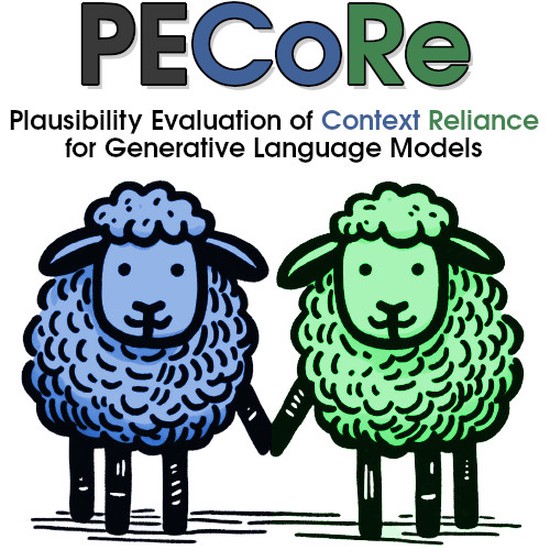About me
Welcome to my website! 👋 I am a PhD student at the Computational Linguistics Group of the University of Groningen and member of the InDeep consortium, working on user-centric interpretability for neural machine translation. I am also the main developer of the Inseq library. My supervisors are Arianna Bisazza, Malvina Nissim and Grzegorz Chrupała.
Previously, I was a research intern at Amazon Translate NYC, a research scientist at Aindo, a Data Science MSc student at the University of Trieste and a co-founder of the AI Student Society.
My research focuses on interpretability for generative language models, with a particular interest to end-users’ benefits and the usage of human behavioral signals. I am also into causality topics and open source collaboration.
Your (anonymous) feedback is always welcome! 🙂
Interests
- Conditional Text Generation
- Interpretability for Deep Learning
- Behavioral Data for NLP
- Causality and Uncertainty Estimation
Education
-
PhD in Natural Language Processing
University of Groningen (NL), 2021 - Ongoing
-
MSc. in Data Science and Scientific Computing
University of Trieste & SISSA (IT), 2018 - 2020
-
DEC in Software Management
Cégep de Saint-Hyacinthe (CA), 2015 - 2018
Experience
-
Applied Scientist Intern
Amazon Web Services (US), 2022
-
Research Scientist
Aindo (IT), 2020 - 2021
-
Visiting Research Assistant
ILC-CNR ItaliaNLP Lab (IT), 2019












